‘Pi planet’ alien world takes 3.14 days to orbit its star0
- From Around the Web, Space
- September 22, 2020
The pi planet’s surface is probably too hot to support life as we know it.
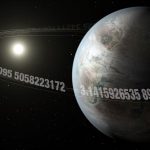
The pi planet’s surface is probably too hot to support life as we know it.
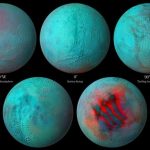
Enceladus may be even more interesting than we thought.
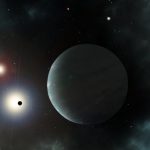
Astronomers have discovered two planets orbiting a bright dwarf star in the binary stellar system Gliese 414.
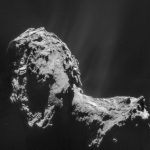
An atmospheric light show previously relegated to planets and Jupiter moons is found on comet using data from ESA’s Rosetta spacecraft
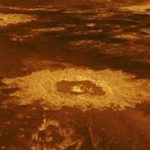
The discovery of phosphine on Venus hints at life in its clouds, but finding out won’t be easy
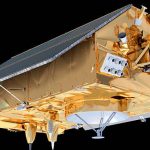
Media accreditation is open for the launch of the Sentinel-6 Michael Freilich satellite, an international collaboration between NASA and several partners. This is the first of two identical satellites to be launched sequentially to continue observations of sea level change for at least the next decade. The spacecraft is targeted for liftoff Nov. 10 at 2:31 p.m. EST (11:31 a.m. PST) from Vandenberg Air Force Base (VAFB) in California.
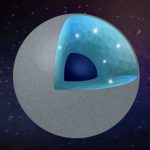
Extrasolar planets hosted by stars with sufficiently high carbon-to-oxygen ratios could be made of diamonds and silica, according to new research by Arizona State University and the University of Chicago.
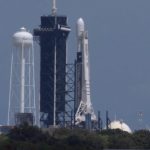
The launch of SpaceX’s next 60 Starlink satellites will wait for better weather and sea conditions after currents were too strong for the company’s rocket landing platform to hold position in the Atlantic Ocean for a launch attempt Thursday.
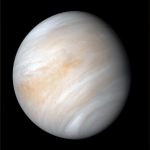
No longer confined to territories here on Earth, Russia has now staked its claim on Venus, saying it is a “Russian planet.”
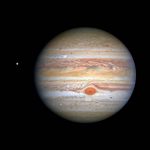
NASA has published the most recent up-close image of Jupiter, the massive planet covered with beautiful, terrifying storms.



